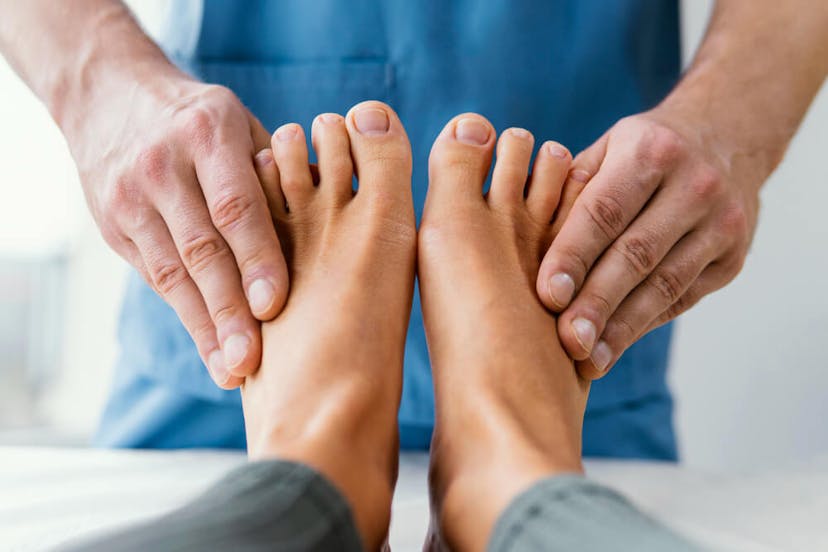Foot Pain: A Comprehensive Guide
What is Foot Pain?
Foot pain is a common ailment that affects people of all ages and lifestyles, ranging from mild discomfort to debilitating conditions. Understanding the causes, prevention strategies, and treatment options is crucial for maintaining healthy, pain-free fee
Common Causes of Foot Pain
- Overuse and Strain: Excessive physical activity, repetitive movements, or prolonged standing can strain the muscles, tendons, and ligaments in the feet, leading to inflammation and pain.
- Poor Footwear Choices: Ill-fitting shoes, particularly those with inadequate support or high heels, can alter the natural biomechanics of the foot, causing strain and discomfort.
- Underlying Medical Conditions: Certain medical conditions, such as diabetes, arthritis, and gout, can increase the risk of foot pain by affecting the nerves, joints, and tissues of the feet.
Understanding Foot Anatomy
A. Overview of Foot Structure
- Bones, Joints, and Ligaments: The foot is a complex structure composed of 26 bones, 33 joints, and numerous ligaments that provide stability and support.
- Arch Types: The foot's arch structure plays a vital role in shock absorption and weight distribution. There are three main arch types: normal, flat feet, and high arches.
B. Key Components and Functions
- Plantar Fascia: A thick band of tissue that runs along the bottom of the foot, providing support and acting as a shock absorber.
- Achilles Tendon: Connects the calf muscles to the heel bone, enabling heel lifts and propulsion during movement.
C. Common Points of Strain
- Weight Distribution: Uneven weight distribution due to improper footwear or biomechanical imbalances can strain specific areas of the foot.
- Walking and Running Mechanics: Faulty walking or running patterns can place excessive stress on certain parts of the foot, leading to pain and discomfort.

